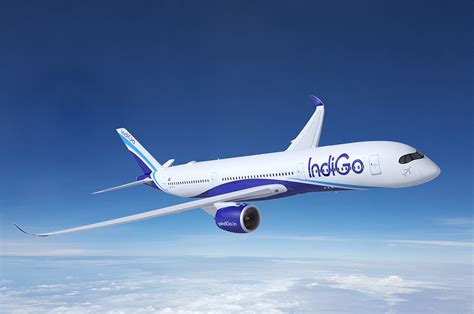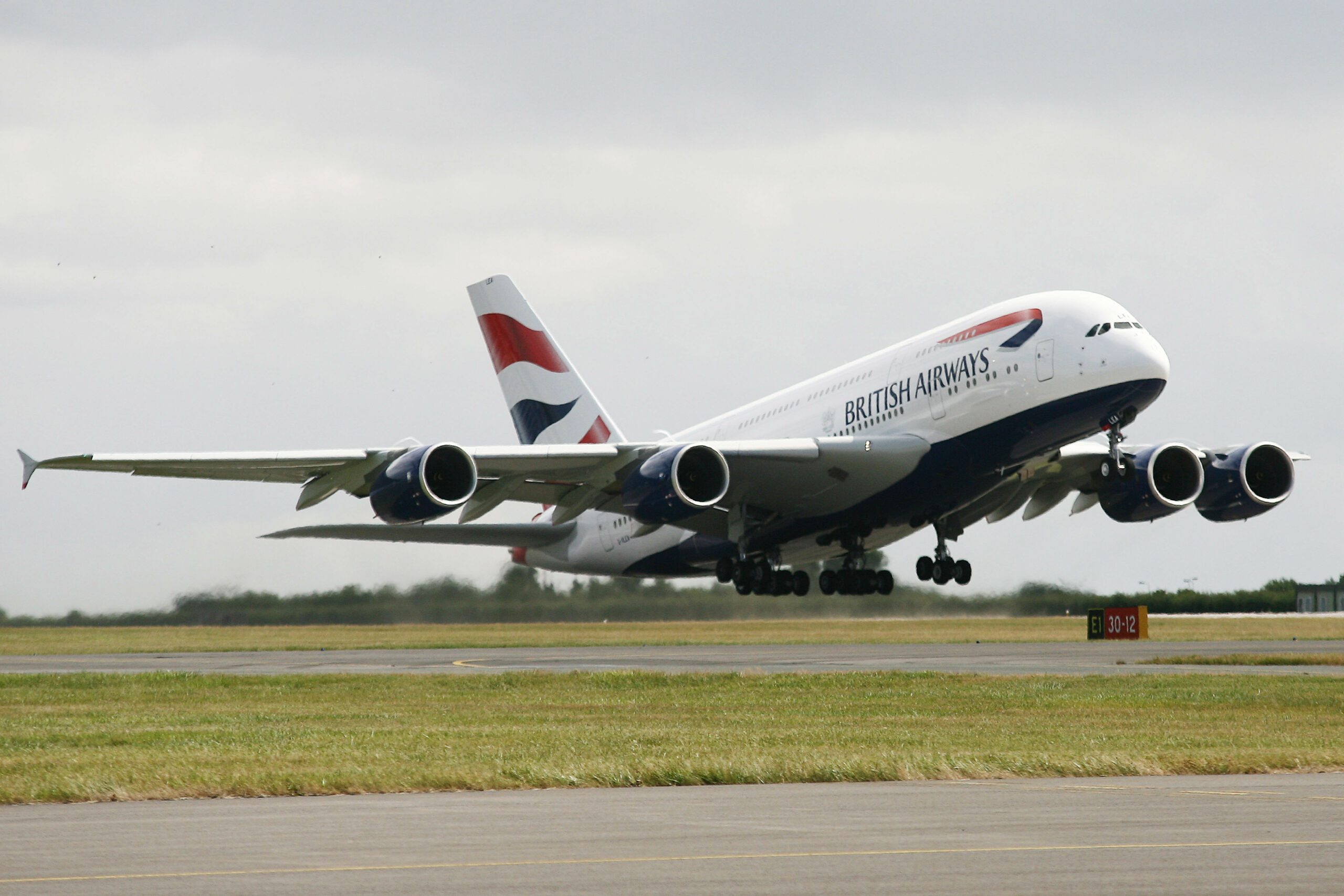
British Airways A380 2 copyright British Airways scaled
In March, the aviation industry continued its recovery, driven by a robust increase in international travel, as the International Air Transport Association (IATA) reported. In March, global passenger demand soared, measured in revenue passenger kilometers (RPKs), soared by 13.8% compared to March 2023.
While domestic traffic remains on a slower but stable growth path, the overall picture for March 2024 paints a promising outlook for the upcoming peak travel season.
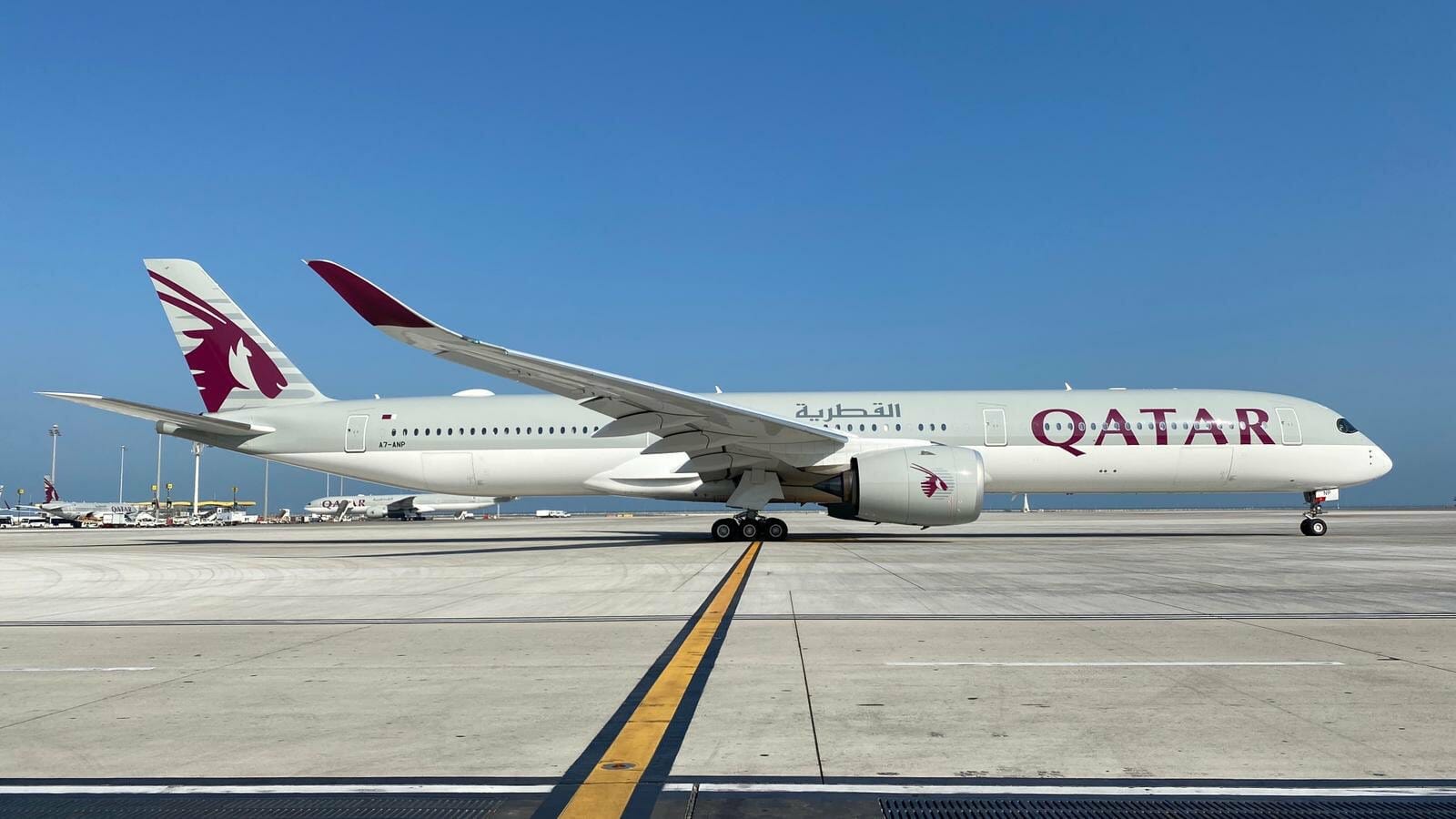
International Demand Soars
In March, the most striking takeaway was the impressive 18.9% year-on-year (YoY) growth in international RPKs. This surge suggests a strong demand for cross-border travel, likely fueled by relaxed travel restrictions and a renewed desire for global exploration.
The Asia-Pacific region continued to be a frontrunner, with a remarkable 38.5% YoY growth, further solidifying its position as a key driver of international travel.
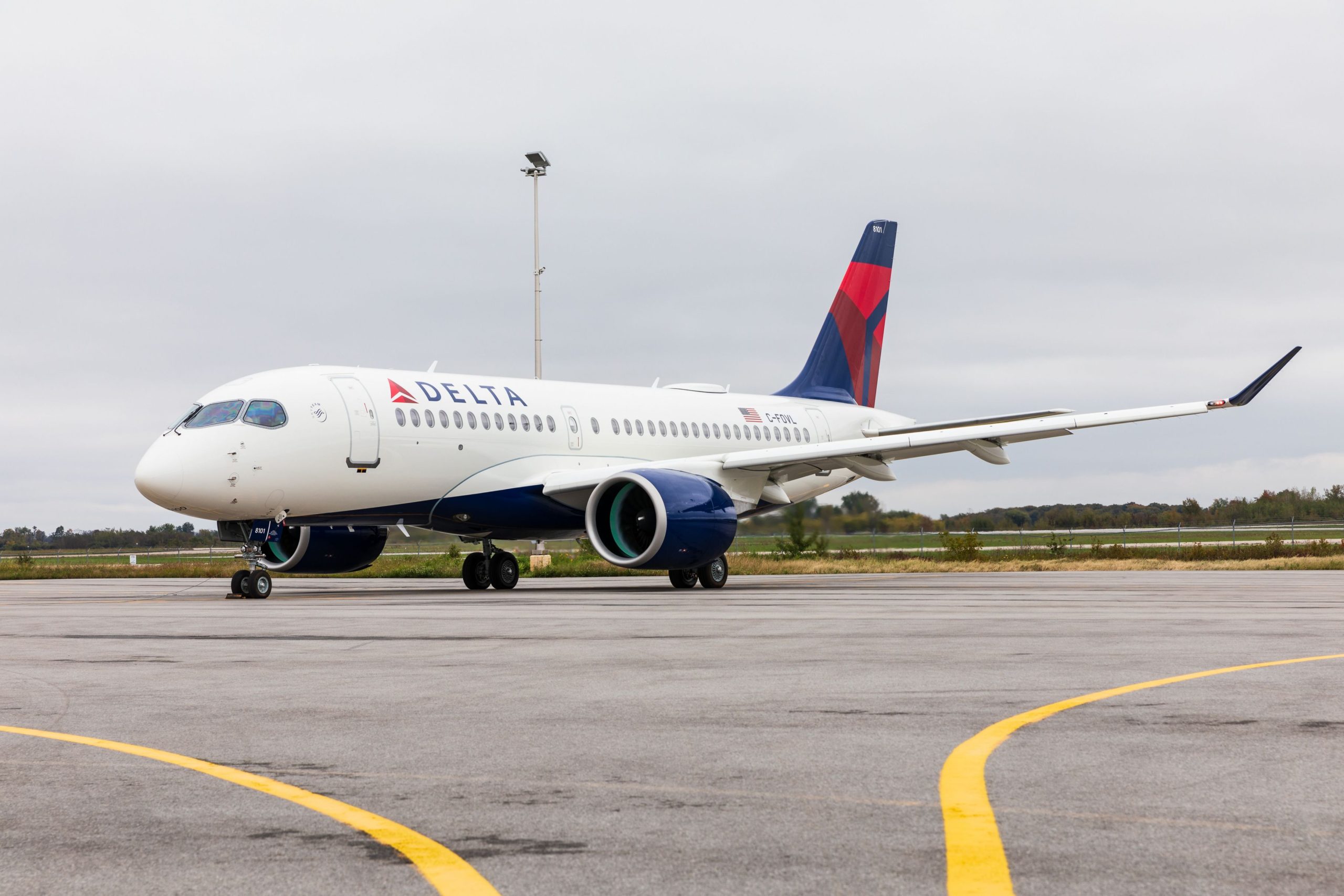
Domestic Traffic Settles into Steady Growth
While not experiencing the same explosive growth as international travel, domestic travel is demonstrating a healthy recovery. The 6.6% YoY increase in domestic RPKs signifies a return to pre-pandemic growth patterns for many regions.
China stood out as the leader in domestic demand with a significant 17.6% YoY increase. Australia is the only market to buck this trend, potentially reflecting a broader economic slowdown.

Load Factors on the Rise, Capacity Catches Up
Passenger load factors (PLF), a crucial metric indicating how efficiently airlines utilize available seats, also show positive signs. Compared to the previous year, PLFs have risen across the board, with some regions like Asia-Pacific reaching a commendable 85.6%.
This indicates a healthy balance between passenger demand and available seat capacity. It’s worth noting that airlines are steadily increasing capacity (ASKs) to keep pace with rising demand, with a 12.3% YoY increase observed in March.

Regional Performance
- Asia-Pacific: This region continues to be the global leader in growth, boasting a staggering 38.5% YoY increase in international RPKs.
While international air services to and from China are improving compared to last year, connectivity with North America remains significantly below pre-pandemic levels.
This can be attributed, at least in part, to ongoing geopolitical tensions. Addressing these issues will facilitate a complete global recovery in air travel.
- Latin America: Latin American airlines witnessed a robust 19.7% YoY growth in international RPKs, showcasing a strong regional recovery.
- North America: North American carriers experienced a solid 14.5% YoY increase in international RPKs. However, the load factor dipped slightly compared to the previous year.
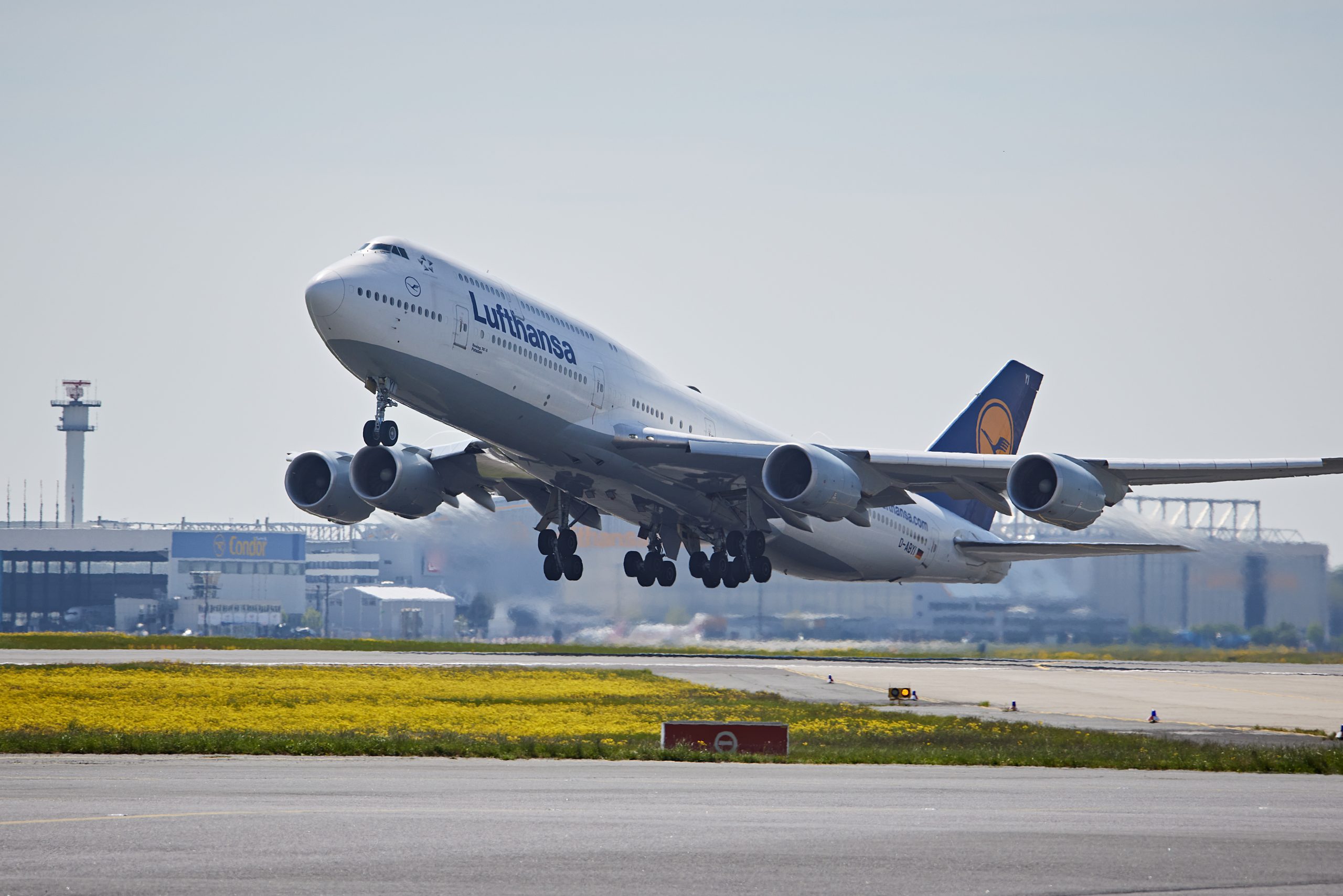
- Europe: European airlines saw an 11.6% YoY increase in international RPKs, with the load factor remaining relatively flat.
- Middle East: While Middle Eastern airlines experienced a 10.8% YoY increase in international RPKs, their load factor declined slightly compared to March 2023.
- Africa: African airlines displayed the slowest growth rate, with an 8.1% YoY increase in international RPKs. Their load factor also decreased compared to the previous year.

Looking Ahead: A Summer of Travel Awaits
With strong passenger demand, particularly for international travel, and a busy summer season approaching, airlines are optimistic about the coming months. The March figures indicate a positive outlook for the air travel industry.
However, addressing operational challenges and ensuring sufficient capacity across the travel ecosystem will be key factors in guaranteeing a smooth and enjoyable travel experience for all.
Views: 1


